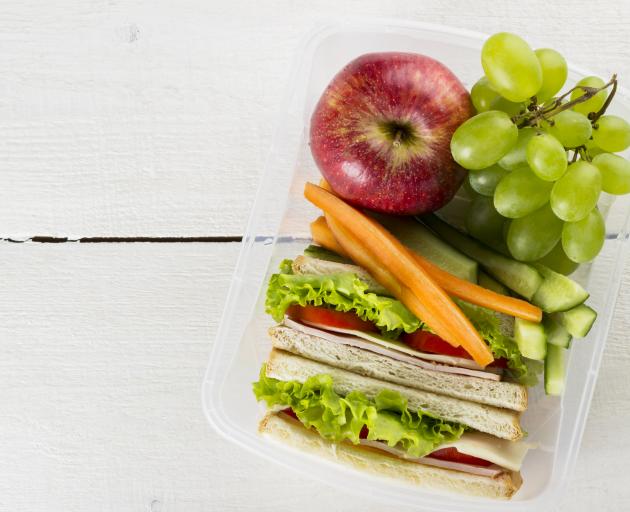
Kids should be eating fruits and vegetables from all the colours of the rainbow, Yasmine Probst says.
Worldwide, people are not eating enough fruit and vegetables.
Figures supplied by Australian research and analysis firm Roy Morgan show that 27% of Kiwis eat the three servings of vegetables and two servings of fruit recommended by dietary guidelines. That figure drops to 20% in Australia.
Children need to be familiarised with the taste of fruit and vegetables from a young age to establish healthy habits later in life. Fruit is generally easier to eat as humans have an innate preference for sweetness.
While some vegetables are sweeter, they remain a struggle for many parents. But there are things mum and dad can do to encourage youngsters to eat their veges.
Why is colour important?
Fruits and vegetables all contain different vitamins and minerals, meaning we need to eat a variety when consuming our two serves of fruit and five serves of vegetables each day.
Using the rainbow is a great starting point for food choices as it encourages variety. Importantly, rainbows resonate well with younger children.
Colour comes from different components in fruits and vegetables. For example, components called anthocyanins contribute to the red through to purple colour of fruits and vegetables such as plums, eggplant and red cabbage. Meanwhile, beta carotene, found in carrots, create the yellow to orange colour.
The different colour associated components may also provide many health benefits such as strengthening a child's immune system and protecting their eyesight.
Creativity relieves boredom
Although some children may prefer to follow routines, repeating the same foods for extended periods of time can become dull for both the child and the parent and can cause deficiencies if followed in the long term.
To promote variety, children may enjoy creating colourful edible scenes such as a fairy garden or a dinosaur jungle. Natural colours from fruit or vegetable juices, such as blueberry juice, can even be used to change a food's colour.
These creative tasks are age dependent and may need to be demonstrated by a parent.
New ways of presenting foods, including different shapes, colours, containers and serving utensils can encourage children to eat new foods.
Parents can encourage exposure to different cultures by creating themed days where a cuisine is selected with the child, and food purchases are made together.
Making food interactive by including your children in the planning, purchasing and preparation of meals also helps.
-Yasmine Probst is a senior lecturer at the University of Wollongong School of Medicine. Ruth Crowe is a PhD candidate at University of Wollongong.












